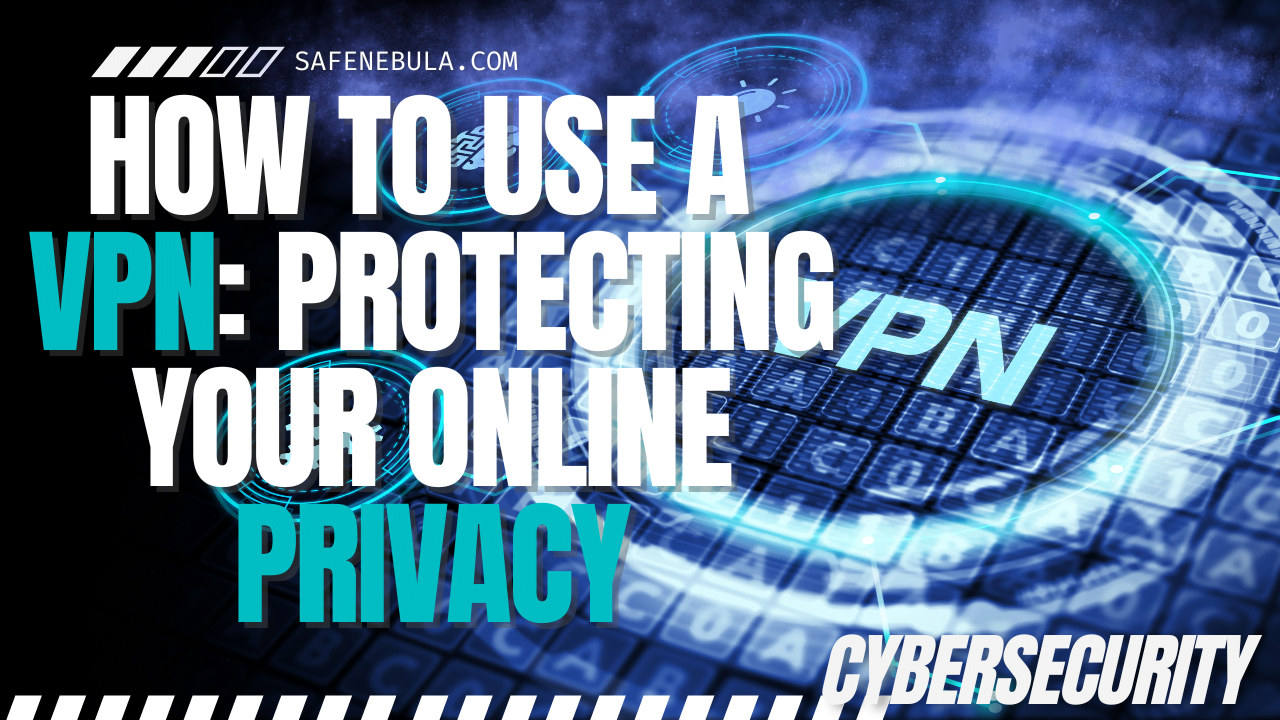In an age where our online activities are constantly monitored, whether by marketers, ISPs, or malicious entities, protecting our online privacy has become a priority. A Virtual Private Network (VPN) is a powerful tool in the quest for digital privacy, shielding your browsing activities, securing data transfers, and allowing you to access the global internet without restrictions. This guide explains the fundamentals of VPN technology, how it enhances your privacy, and provides a step-by-step process for selecting and setting up a VPN on various devices.
Understanding VPNs
A VPN creates a secure, encrypted tunnel between your device and a remote server operated by the VPN service. This setup hides your IP address, making your online actions virtually untraceable. More importantly, the encryption ensures that even if your internet traffic is intercepted, it cannot be deciphered.
Benefits of Using a VPN
- Privacy Protection: Conceals your browsing activities from ISPs and potential eavesdroppers.
- Security Enhancement: Encrypts your internet connection, safeguarding data from hackers, especially on public Wi-Fi networks.
- Access to Restricted Content: Allows you to bypass geo-restrictions and censorship, accessing content freely across the globe.
Choosing a VPN Service
- Research Reputable Providers: Look for VPNs with a strong track record of privacy, a no-logs policy, and positive reviews from credible sources.
- Consider Your Needs: Whether it’s streaming, torrenting, or just browsing, ensure the VPN meets your specific requirements.
- Check for Compatibility: Make sure the VPN offers apps for your devices and supports multiple simultaneous connections.
Setting Up a VPN on Your Devices
On Windows and macOS:
- Sign Up: Choose a VPN service and create an account on their website.
- Download and Install: Download the VPN software from the official site and follow the installation instructions.
- Connect: Open the VPN app, log in, and connect to a server of your choice. The VPN will now encrypt your internet traffic.
On Android and iOS Devices:
- Download the App: Visit the Google Play Store or Apple App Store, search for your VPN provider’s app, and install it.
- Log In and Connect: Open the app, sign in with your account details, and tap the connect button to initiate the VPN connection.
On Routers:
- VPN Compatibility: Ensure your router is VPN-compatible. You might need to install new firmware like DD-WRT or Tomato.
- Configure the VPN: Follow your VPN provider’s instructions to configure the VPN directly on your router.
- Connect All Devices: Any device connected to your router will automatically be protected by the VPN.
Tips for Using a VPN
- Stay Connected: Keep your VPN enabled as much as possible to ensure continuous privacy protection.
- Server Locations: Choose servers close to your physical location for better speeds, or select international servers for accessing specific content.
- Security Features: Utilize additional VPN features like a kill switch, which prevents data leaks if your VPN connection drops unexpectedly.
Conclusion
Utilizing a VPN is a straightforward yet effective measure to protect your online privacy and security. By selecting a reputable VPN provider and following the setup instructions for your devices, you can enjoy a safer and more open internet experience. Remember, in the digital world, taking proactive steps to secure your online activities is not just a luxury—it’s a necessity.
